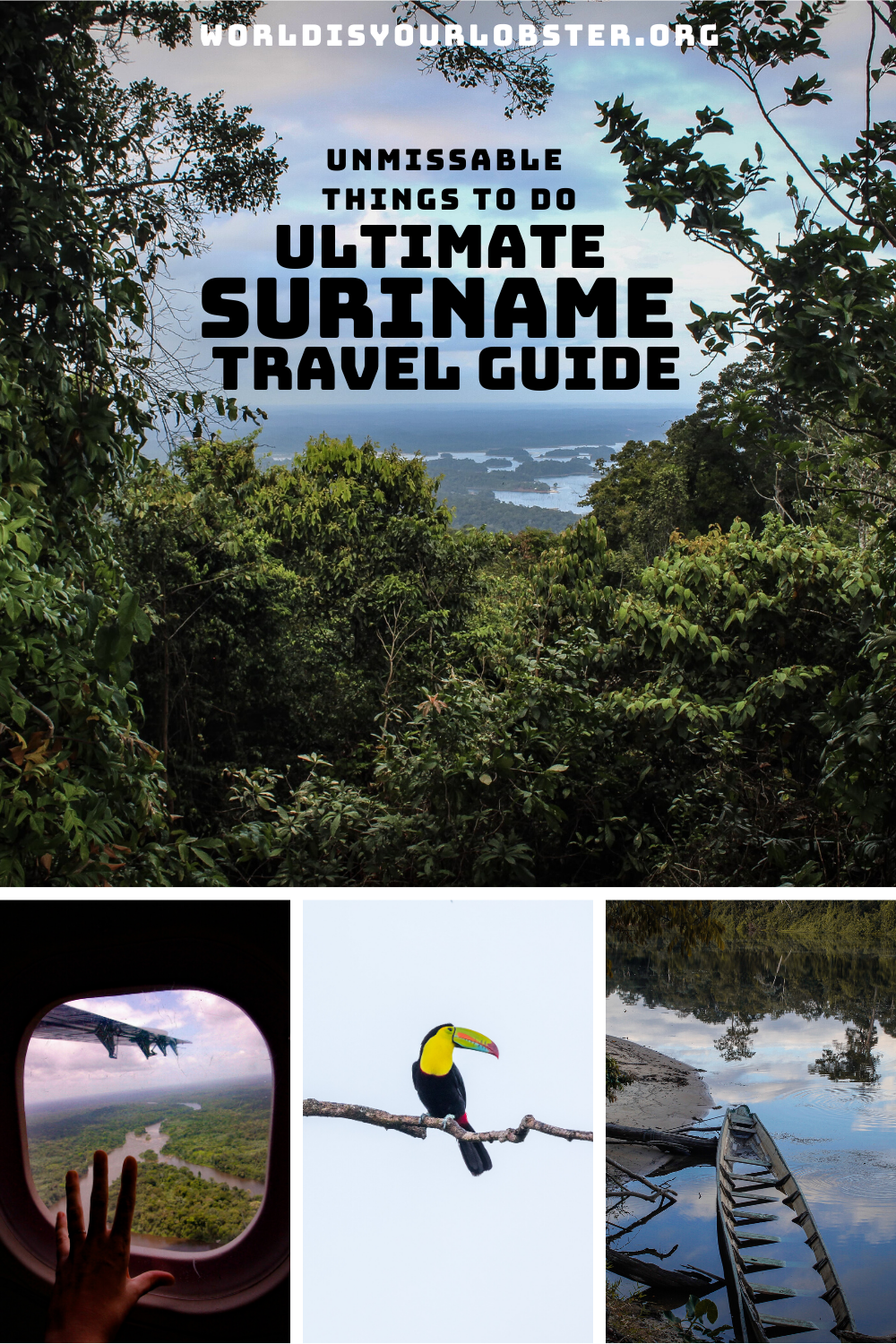If you’re planning a trip to Suriname, you don’t want to miss out on its breathtaking national parks. With diverse ecosystems, abundant wildlife, and stunning natural beauty, these parks offer a unique and unforgettable experience for any tourist. From the untouched rainforests of Central Suriname Nature Reserve to the captivating savannahs of Brownsberg Nature Park, “Tourist’s Guide to Suriname’s National Parks” is your ultimate companion, providing in-depth information, helpful tips, and insider recommendations to make the most of your adventure. Whether you’re a nature enthusiast, an adventure seeker, or simply looking to relax in the tranquility of nature, this guide has got you covered.
Introduction to Suriname
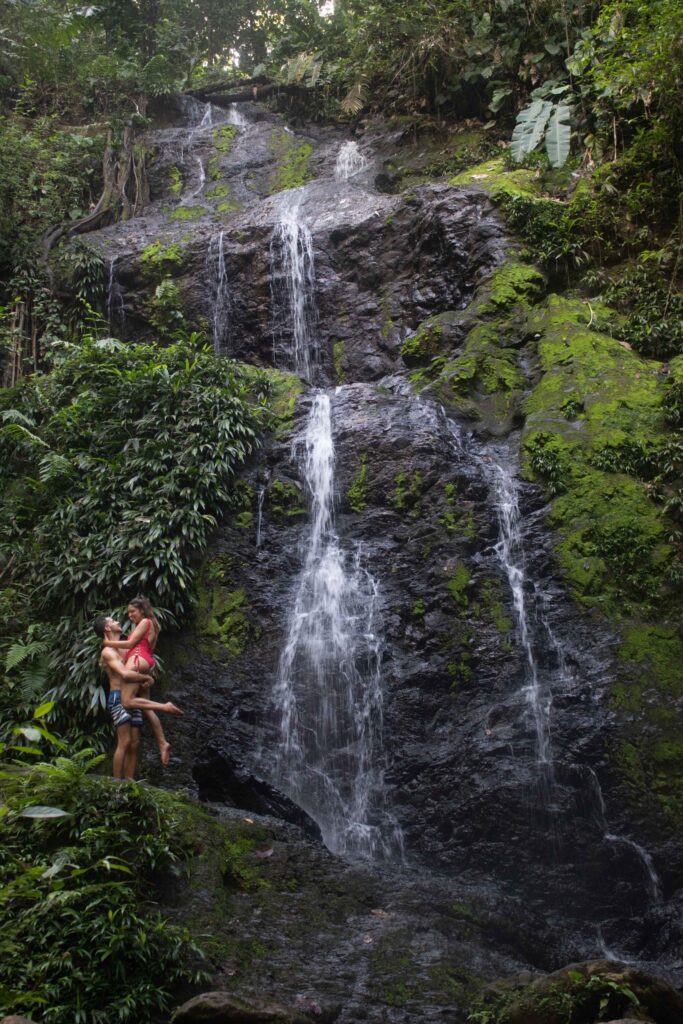
Location and Background
Suriname, located on the northeastern coast of South America, is a captivating country that boasts a diverse range of natural, cultural, and historical attractions. Bordered by French Guiana to the east, Brazil to the south, and Guyana to the west, this tropical paradise is often referred to as the “Green Diamond” due to its vast rainforest cover. With a population of approximately 600,000, Suriname is a melting pot of different ethnicities, making it a fascinating destination for cultural exploration.
Climate and Weather
Being situated in the tropics, Suriname enjoys a hot and humid climate year-round. The country experiences two distinct seasons: a wet season from May to August and a dry season from September to April. During the wet season, Suriname receives frequent rainfall, which is why many travelers prefer visiting during the dry months to make the most of outdoor activities. The average temperature ranges from 26°C (79°F) to 31°C (88°F), providing an ideal environment for exploring the national parks and other natural wonders.
Culture and Language
Suriname is a cultural melting pot where indigenous, African, Indian, Chinese, Indonesian, and European influences blend seamlessly. The official language is Dutch, but Sranan Tongo, a creole language, is widely spoken and reflects the multicultural fabric of the nation. English is also spoken by many locals, especially in urban areas and tourist hotspots. Surinamese culture is showcased through vibrant festivals, delicious cuisine, traditional music and dance, and the warm hospitality of its people.
Transportation
Getting around in Suriname is relatively easy, with various transportation options available. The capital city, Paramaribo, has a well-developed public transportation system, including buses and taxis. For travelers who prefer more flexibility, renting a car is a popular choice. It’s important to note that while driving in Paramaribo is relatively straightforward, navigating the roads outside the city can be challenging, especially in remote areas. Another unique mode of transport in Suriname is the water taxi, which provides an opportunity to explore the rivers and waterways that crisscross the country.
National Parks in Suriname
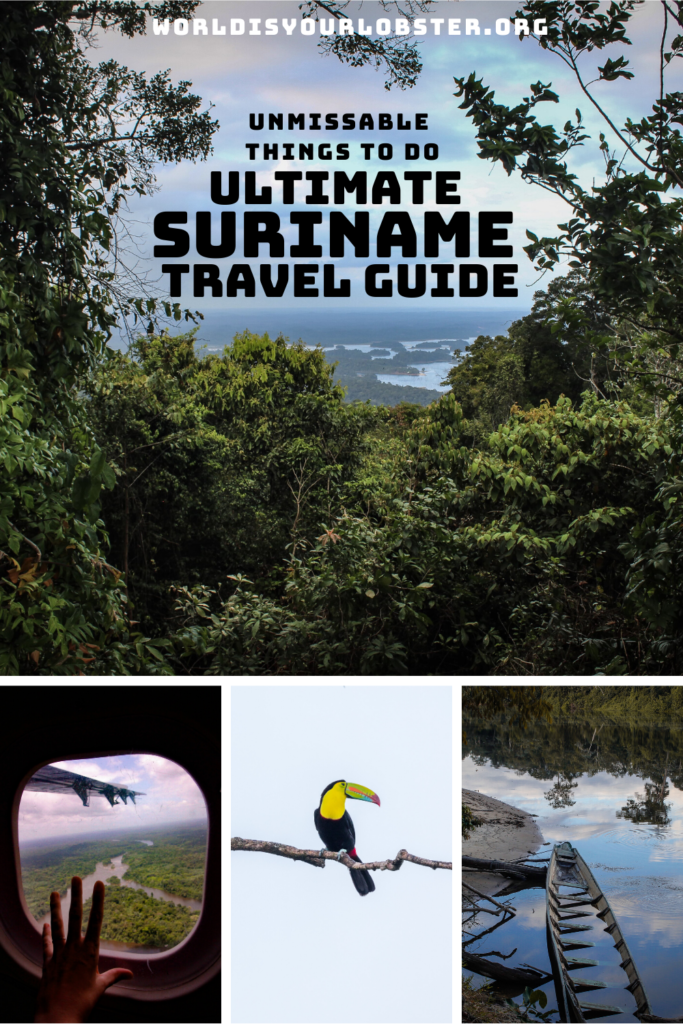
Importance of National Parks
Suriname is blessed with an abundance of natural beauty, and its national parks play a vital role in the preservation of the country’s unique ecosystems. These protected areas not only safeguard endangered flora and fauna but also provide opportunities for ecotourism and research. With a total of thirteen national parks, Suriname offers visitors the chance to immerse themselves in untouched wilderness, witness rare wildlife, and experience the awe-inspiring wonders of nature.
Brownsberg Nature Park
Located approximately 80 kilometers south of Paramaribo, Brownsberg Nature Park is a true gem for nature enthusiasts. Set within the Brokopondo Reservoir, this park offers a breathtaking panoramic view of the surrounding rainforest. The park is home to a vast array of plant and animal species, including several endemic and endangered ones.
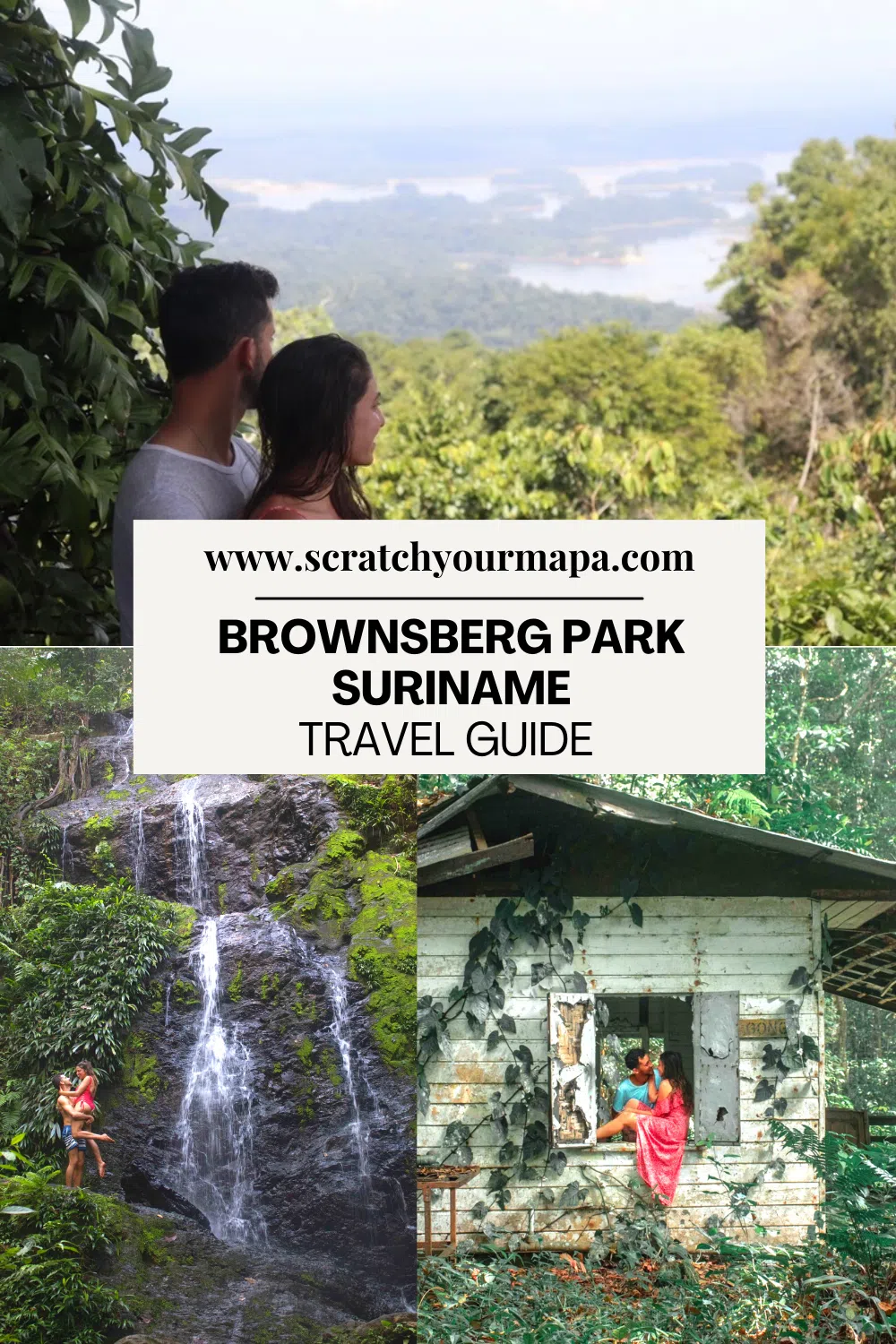
Central Suriname Nature Reserve
Spanning over 1.6 million hectares, the Central Suriname Nature Reserve is a UNESCO World Heritage site that showcases the immense biodiversity of Suriname’s rainforests. This vast reserve is a sanctuary for various endangered species such as jaguars, giant anteaters, and black caimans. It is also an important habitat for over 400 species of birds.
Sipaliwini Savanna Nature Reserve
Located in the southern part of Suriname, the Sipaliwini Savanna Nature Reserve is a unique ecosystem characterized by vast grasslands interspersed with pockets of woodland and gallery forests. This reserve is home to a plethora of wildlife, including tapirs, giant anteaters, and capybaras. Birdwatchers will also delight in spotting over 300 species of birds, including the magnificent Harpy Eagle.

Tafelberg Nature Reserve
Tafelberg Nature Reserve is a paradise for adventure seekers and nature lovers. Located in the southern part of Suriname, it encompasses the iconic Tafelberg mountain, which stands tall at 1,026 meters. The reserve is renowned for its diverse flora and fauna, including orchids, bromeliads, and monkeys. Tafelberg holds cultural significance for the indigenous communities, making it a truly remarkable destination.
Galibi Nature Reserve
Situated on the northeastern coast of Suriname, the Galibi Nature Reserve is a haven for sea turtles. This reserve is famous for being one of the largest nesting areas for leatherback turtles in the western hemisphere. Visitors can witness these ancient creatures as they come ashore to lay their eggs. Additionally, the reserve is home to the indigenous Galibi community, where travelers can learn about their traditional way of life.
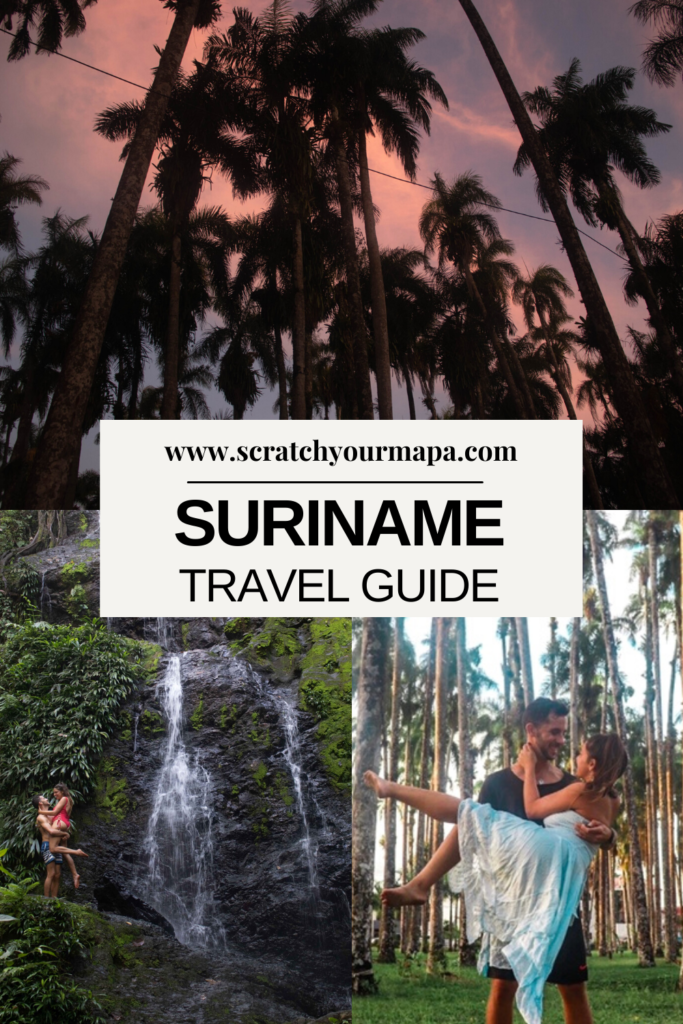
Voltzberg Nature Reserve
Voltzberg Nature Reserve is a must-visit destination for nature enthusiasts and adventure seekers. Located in the northern part of the country, this reserve is named after its iconic landmark, the Voltzberg mountain. Scaling the mountain offers spectacular views of the surrounding rainforest and an opportunity to spot rare bird species, including the Guiana Cock-of-the-rock.
Coppename Monding Nature Reserve
Nestled along the Coppename River, the Coppename Monding Nature Reserve is a treasure trove of natural wonders. The reserve is characterized by its mangrove forests, which provide essential habitats for various fish, birds, and mammals. Exploring the tranquil waterways on boat tours or kayaking adventures offers a unique perspective of this enchanting ecosystem.
Wia Wia Nature Reserve
The Wia Wia Nature Reserve, located along the Suriname River, is a nature lover’s paradise. The reserve is renowned for its lush tropical rainforest and picturesque nature trails, where visitors can spot an abundance of wildlife. Birdwatchers will be delighted by the presence of rare and colorful species, such as the Scarlet Macaw.
Raleighvallen-Voltzberg Nature Reserve
Raleighvallen-Voltzberg Nature Reserve is a true hidden gem nestled in the heart of Suriname. This reserve is home to stunning waterfalls and rapids, providing a mesmerizing sight for visitors. The reserve offers excellent hiking opportunities, allowing adventurers to get up close and personal with the rich biodiversity, including monkeys, colorful birds, and the elusive jaguar.
Peperpot Nature Park
Located just outside of Paramaribo, Peperpot Nature Park offers a peaceful retreat from the bustling city. This former coffee and cocoa plantation is now a protected area, filled with lush greenery and historical remnants. Nature lovers can explore the park’s walking and biking trails, observing wildlife and soaking in the serene beauty of the surroundings.
With its incredible diversity of national parks, Suriname offers a range of unforgettable experiences for every nature enthusiast. Whether you’re exploring the dense rainforests, discovering unique wildlife, or immersing yourself in local cultures, Suriname’s national parks will leave you in awe of the country’s natural wonders. So pack your bags, prepare your camera, and embark on an unforgettable journey through Suriname’s breathtaking landscapes.
